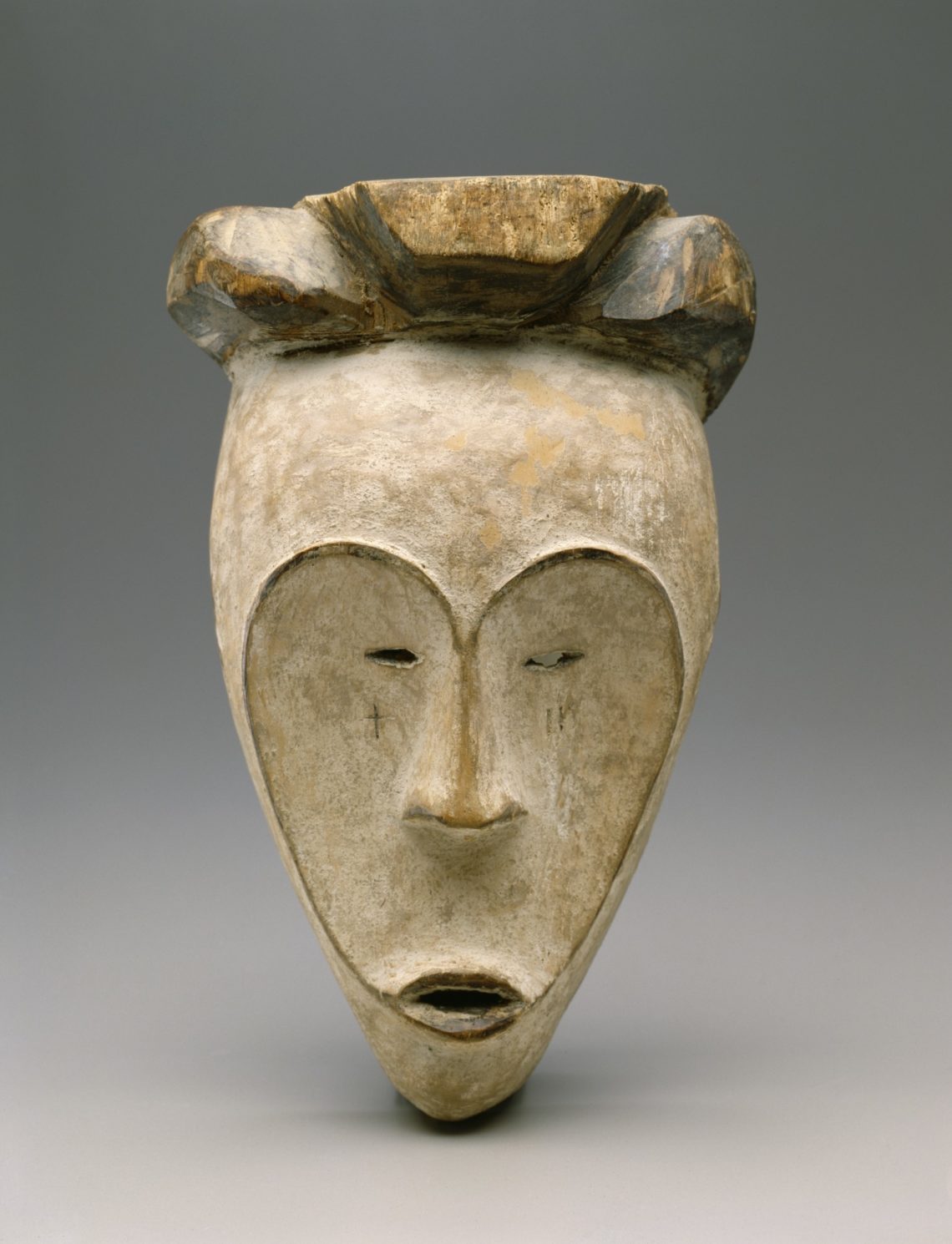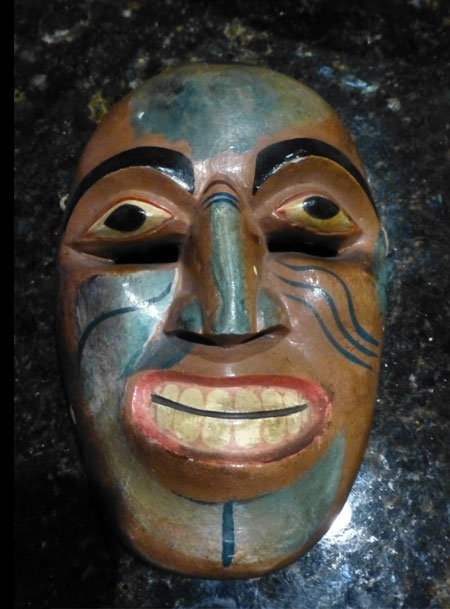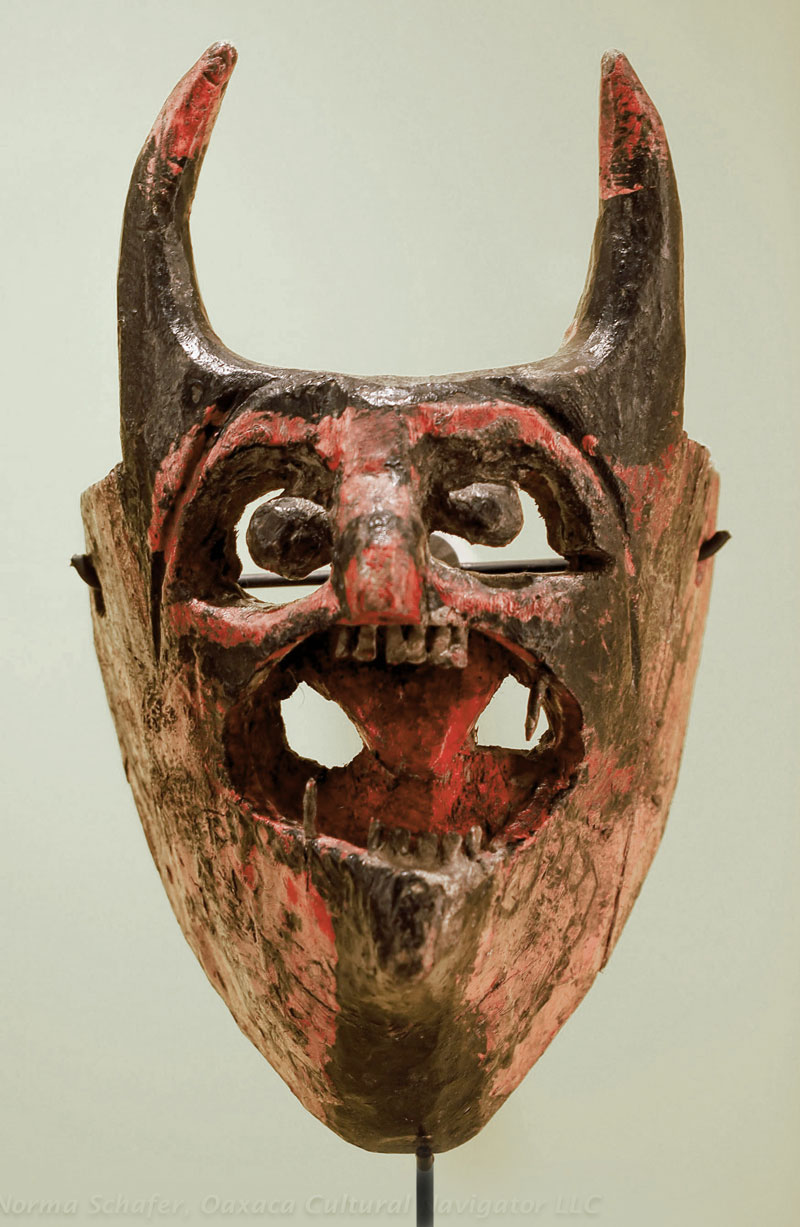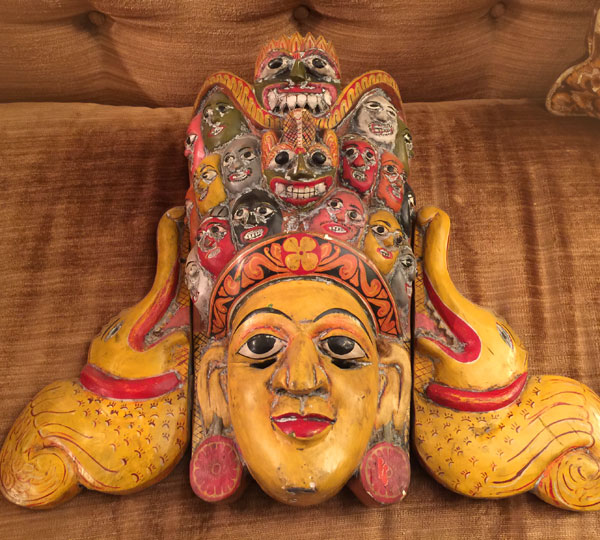 During the early 1900s, the aesthetics of traditional African sculpture became a powerful influence among European artists who formed an avant-garde in the development of modern art. In France, Henri Matisse , Pablo Picasso , and their School of Paris friends blended the highly stylized treatment of the human figure in African sculptures with painting styles derived from the post-Impressionist works of Cézanne and Gauguin . The resulting pictorial flatness, vivid color palette, and fragmented Cubist shapes helped to define early modernism. While these artists knew nothing of the original meaning and function of the West and Central African sculptures they encountered, they instantly recognized the spiritual aspect of the composition and adapted these qualities to their own efforts to move beyond the naturalism that had defined Western art since the Renaissance.
During the early 1900s, the aesthetics of traditional African sculpture became a powerful influence among European artists who formed an avant-garde in the development of modern art. In France, Henri Matisse , Pablo Picasso , and their School of Paris friends blended the highly stylized treatment of the human figure in African sculptures with painting styles derived from the post-Impressionist works of Cézanne and Gauguin . The resulting pictorial flatness, vivid color palette, and fragmented Cubist shapes helped to define early modernism. While these artists knew nothing of the original meaning and function of the West and Central African sculptures they encountered, they instantly recognized the spiritual aspect of the composition and adapted these qualities to their own efforts to move beyond the naturalism that had defined Western art since the Renaissance.
This is the first paragraph of an excellent article you can access at https://www.metmuseum.org/toah/hd/aima/hd_aima.htm The large photo of a Fang Ngil mask from Cameroon is one of many that had a big influence on European artists in the mid-19th century. The smaller photo compare a Picasso to a Mbangu mask from the Pende people of the Belgian Congo. Bob, 1754
c





